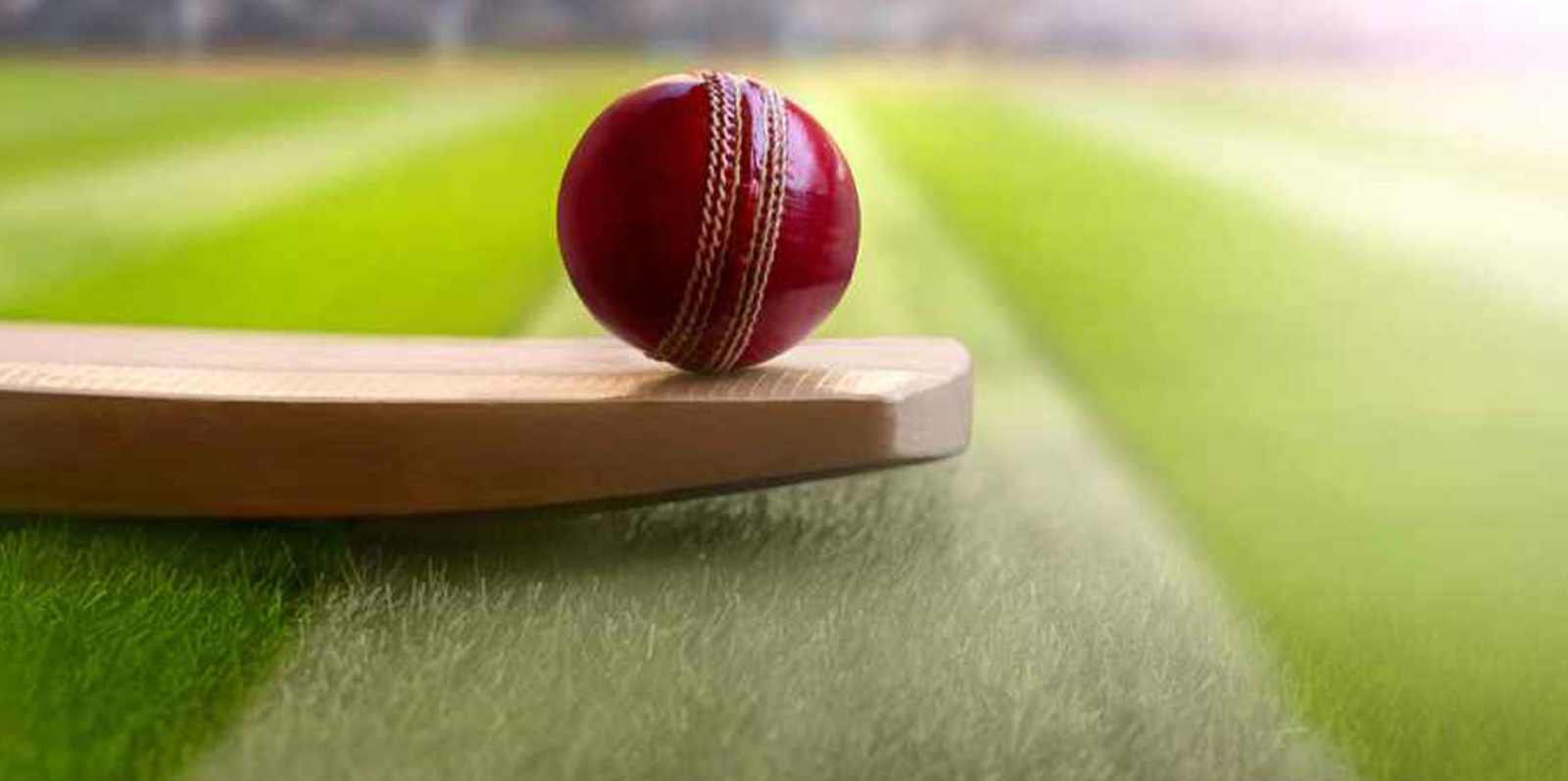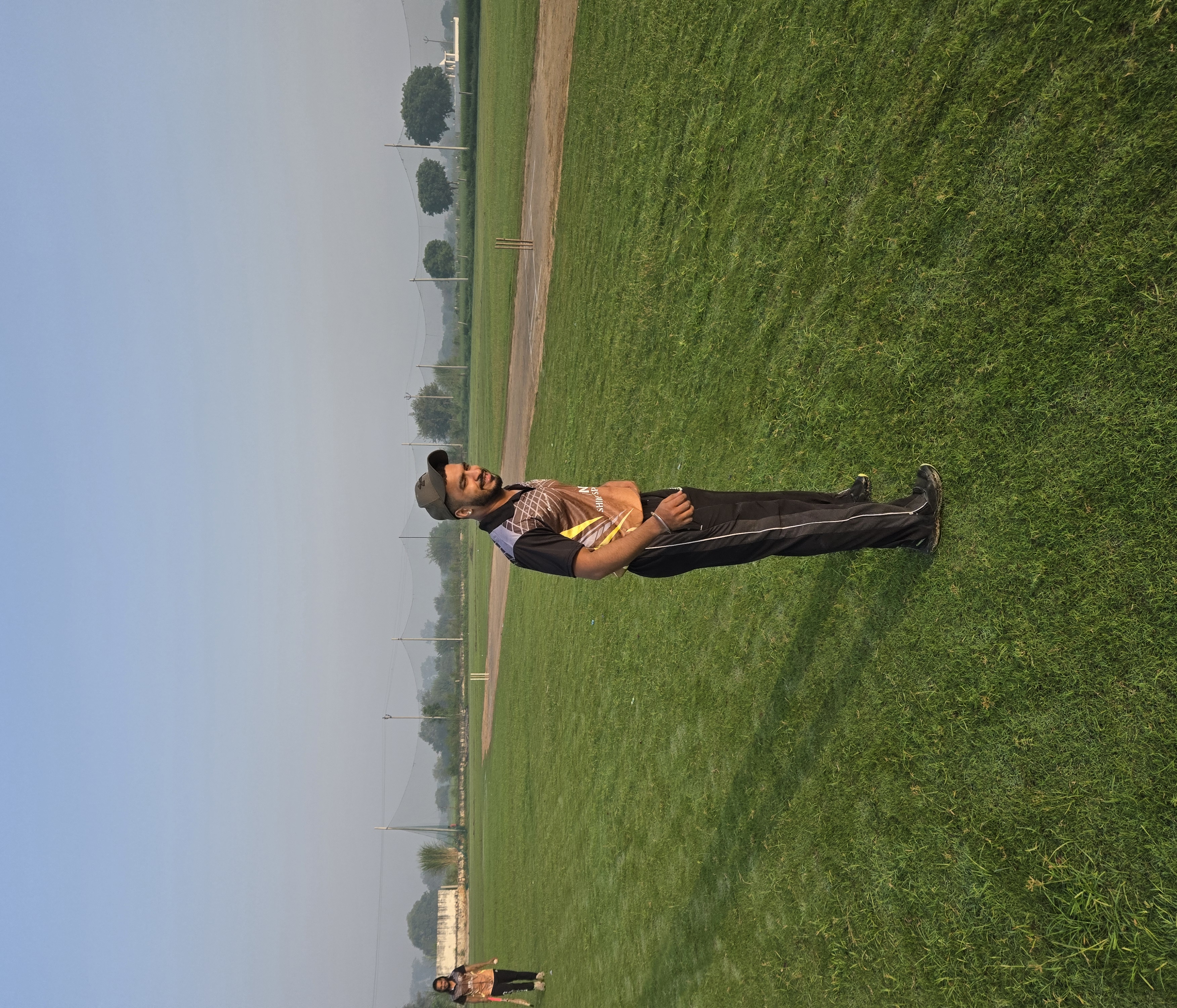

The T20 format made its debut in England in 2003, designed to create a shorter, more dynamic version of the game. The idea was simple: condense a match into just three hours, making it accessible for families and casual viewers. The inaugural T20 World Cup in 2007 was a game-changer, showcasing the excitement and potential of this new format.
T20 has birthed a new generation of cricketers who thrive in high-pressure situations. Players like AB de Villiers, Chris Gayle, and Jos Buttler have redefined batting with their explosive styles, capable of turning a game on its head in just a few overs. The emphasis on power-hitting and innovative shots has made batting an art form in T20 cricket.
While some purists argue that T20 has diluted the essence of the longer formats, others believe it has enhanced the game. The shorter format has increased viewership, leading to higher revenues for boards and players alike. Additionally, many players now use T20 as a springboard for their Test and ODI careers, honing their skills in the shorter format before stepping up to the longer formats.
One of T20's most significant achievements is its ability to transcend geographical boundaries. Leagues like the Indian Premier League (IPL), Big Bash League (BBL), and Caribbean Premier League (CPL) have created a global stage where talent from various countries converges. This international collaboration not only showcases the best players but also fosters a spirit of camaraderie among nations.
As we look to the future, T20 cricket shows no signs of slowing down. With innovations such as new rules and technology, the format continues to evolve. The introduction of women's T20 leagues and tournaments is also expanding the game's reach and ensuring that cricket remains relevant to future generations.
In conclusion, T20 cricket has not only transformed how the game is played but also how it is perceived. Its impact on the sport is undeniable, bringing excitement, diversity, and a fresh perspective to a game that has captured hearts for centuries. As we celebrate this dynamic format, we can only imagine what the future holds for cricket.